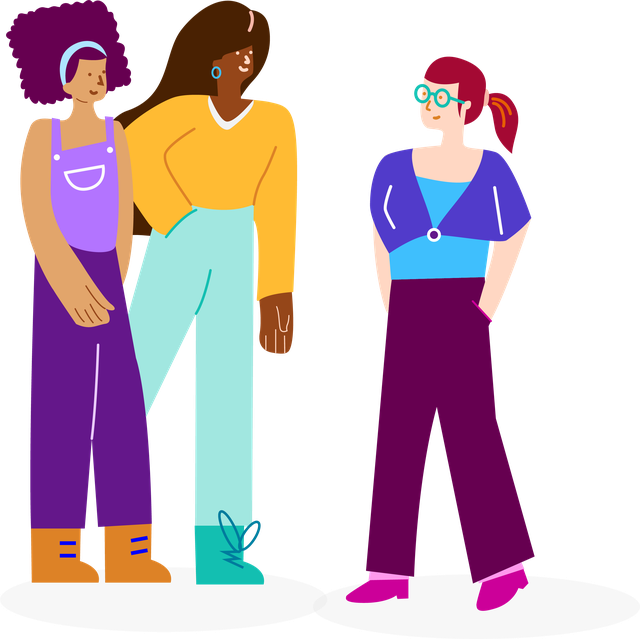Young people’s experiences of homelessness are distinct from adults
Young people also face multiple forms of structural disadvantage. For example, young people face a disproportionate risk of poverty, receive reduced welfare benefit entitlements, have a lower minimum wage, and face discrimination in the labour markets.
Other differences are:
- The majority of young people have left homes and relationships which they were, to some extent, economically and socially dependent on,
- Young people are going through a period of significant change and development
- Exiting homelessness is not only about a transition to housing but must also include a healthy transition to adulthood
- Policies often discriminate against young people making it difficult to access housing
Meeting young people's needs
Resources for organisations and individuals on how they can develop their practice to meet the needs of young people accessing their services
-
Understanding difference and tailoring support for young people experiencing homelessness
Young people’s experiences of homelessness vary. They are shaped by their own experiences of, and other people’s reactions to their circumstances and identity. These resources provide advice and information the services can use to tailor the support they offer to young people.
-
Keeping young people safe
Young people’s rights to support and housing are often different to adults. These resources unpick legislative frameworks affecting young people’s housing pathways and explain the different roles agencies, services and individuals have when responding to youth homelessness.
-
Psychologically informed approaches with young people experiencing homelessness
Psychologically Informed environments are designed and delivered in a way that takes into account the emotional and psychological needs of the individuals using them. These resources consider what this means for young people.





